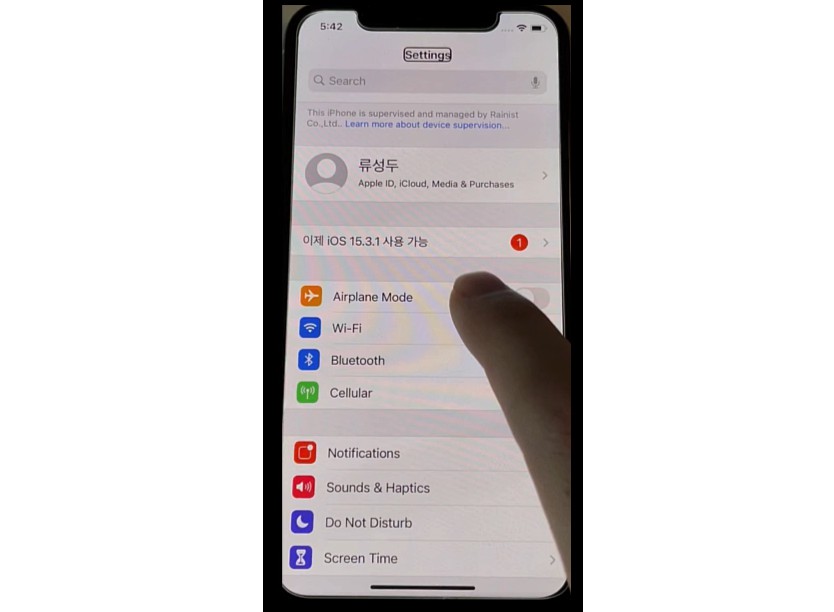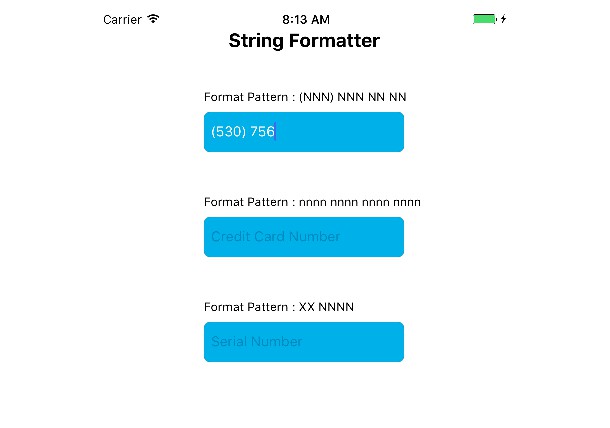AXSnapshot 
Text Formatted Snapshot of Accessibility Experience
Usage
Accessibility User Experience is the sweetest spot for unit testing.
AXSnapshot makes it super easy to test just that.
func testMyViewController() async throws {
let viewController = MyViewController()
await viewController.doSomeBusinessLogic()
XCTAssert(
viewController.axSnapshot() == """
------------------------------------------------------------
Final Result
button, header
Double Tap to see detail result
Actions: Retry
------------------------------------------------------------
The question is, The answer to the Life, the Universe, and Everything
button
------------------------------------------------------------
The answer is, 42
button
------------------------------------------------------------
"""
)
}
Installation
CocoaPods
If your project uses CocoaPods, add the pod to any applicable test targets in your Podfile:
target 'MyAppTests' do
pod 'AXSnapshot', '~> 1.0.0'
end
SwiftPackageManager
If you want to use AXSnapshot in any other project that uses SwiftPM, add the package as a dependency in Package.swift:
dependencies: [
.package(
url: "https://github.com/e-sung/AXSnapshot.git",
from: "1.0.0"
),
]
Next, add SnapshotTesting as a dependency of your test target:
targets: [
.target(name: "MyApp"),
.testTarget(
name: "MyAppTests",
dependencies: [
"MyApp",
.product(name: "AXSnapshot", package: "AXSnapshot"),
]
)
]
Why
Because it’s easy to test
Many people think UI layer is hard to unit-test.
For Example, if you have ViewController like below,
class MyViewController {
private let headerView = MyHeaderView()
private let contentView = MyContentView()
}
you cannot test it like following
func testMyViewController() async throws {
let viewController = MyViewController()
let viewModel = MyViewModel()
viewController.bind(with: viewModel)
await viewModel.doSomeBusinessLogic()
// This Test cannot be build, because `headerView` property is private
// To build this test, you have to give up some of encapsulation
XCTAssert(viewController.headerView.headerText == "Final Result")
}
because most of the properties that can be tested is not accessible, even with @testable import annotation
Moreover, even if you change the access-level of the properties to internal, some problems still remains.
For example, if you want to do the quick refactoring that changes the name of the properties,
implementation of the test has to be changed too, even if there’s no changes to the spec that end user can perceive. How annoying!
But, if you test the Accessibility Experience, instead of implementation details of visual UI Layer, most of those problems can be solved.
Because regardless of the visual ui-layer implementation, any view/viewController ultimately can be represented as One dimensional list of accessibilityElements.
Best way to understand what this means, is using Item Chooser in VoiceOver with “two-finger, three tap” gesture
VoiceOver.Item.Chooser.mp4
Because it can test most
Also, if you are using “MVVM” pattern like following
You are most likely testing ViewModel, because by testing ViewModel, you can not only test ViewModel, but also test Model and bindings between Model-ViewModel like following diagram.
This stratedgy works, but it still cannot cover bindings between View-ViewModel, where many potential bugs can occur.
But if you test snapshot of Accessibility Experience of UIView/UIViewController, you can stretch the test-coverage to the bindings between View-ViewModel and at least some of View logics.
Because it matters
Last but not least, accessibility matters. Accessibility is not good to have. It’s the bottom line.
If your app is not accessble to anyone, your app is simply not production-ready.
Because any of your user, regardless of her/his disability, matters just as much as any other user, because they are as much as human as anyone.
But still, accessibility is one of the easiest thing to be neglected during manual testing.
It’s hard to expect all of your testers, co-workers are familar with VoiceOver.
It’s even harder to expect your successor of the project is familar with accessibility.
So, to ensure there’s no regression in accessibility for enough period of time, it is very important to test it automatically.
License
MIT License
Copyright (c) 2022 SungdooYoo
Permission is hereby granted, free of charge, to any person obtaining a copy
of this software and associated documentation files (the "Software"), to deal
in the Software without restriction, including without limitation the rights
to use, copy, modify, merge, publish, distribute, sublicense, and/or sell
copies of the Software, and to permit persons to whom the Software is
furnished to do so, subject to the following conditions:
The above copyright notice and this permission notice shall be included in all
copies or substantial portions of the Software.
THE SOFTWARE IS PROVIDED "AS IS", WITHOUT WARRANTY OF ANY KIND, EXPRESS OR
IMPLIED, INCLUDING BUT NOT LIMITED TO THE WARRANTIES OF MERCHANTABILITY,
FITNESS FOR A PARTICULAR PURPOSE AND NONINFRINGEMENT. IN NO EVENT SHALL THE
AUTHORS OR COPYRIGHT HOLDERS BE LIABLE FOR ANY CLAIM, DAMAGES OR OTHER
LIABILITY, WHETHER IN AN ACTION OF CONTRACT, TORT OR OTHERWISE, ARISING FROM,
OUT OF OR IN CONNECTION WITH THE SOFTWARE OR THE USE OR OTHER DEALINGS IN THE
SOFTWARE.





